Essential Matcha Utensils and How to Choose Them
Choosing the right utensils is the first step to enjoying an authentic matcha experience at home. Traditional tea utensils are not merely practical items but also works of art that combine beauty and functionality. To help beginners prepare delicious matcha without mistakes, here’s an introduction to the basic utensils and how to choose them.
Basic Matcha Utensil Set
The following five items are the minimum necessities for preparing matcha. These are collectively called a “matcha set.”
- Chawan (Tea bowl): A vessel for preparing and drinking matcha
- Chasen (Tea whisk): A bamboo tool for whisking matcha
- Chashaku (Tea scoop): A bamboo scoop for putting matcha powder into the tea bowl
- Chakin (Tea cloth): A cloth for wiping the tea bowl
- Chazutsu (Tea caddy): A container for storing matcha
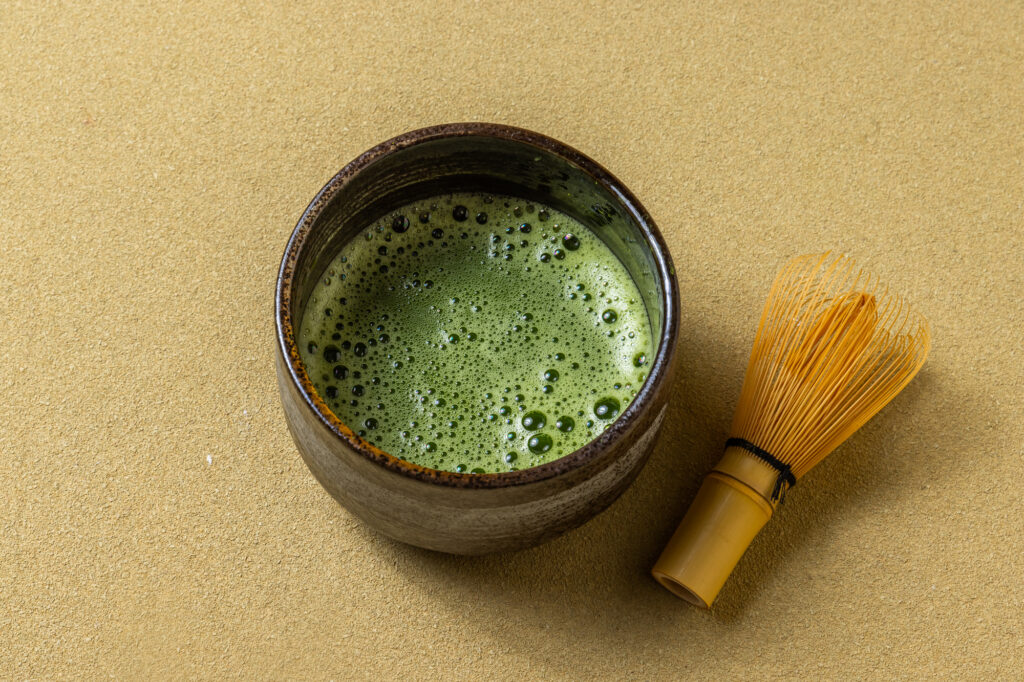
According to a survey by Japanese tea utensil specialty stores, the average price of a matcha utensil set first purchased by beginners is about 10,000 to 30,000 yen. However, depending on your purpose and budget, you can also choose from beginner sets starting around 5,000 yen.
How to Choose a Tea Bowl
The tea bowl is the utensil that can most express individuality among matcha tools. For beginners, it’s recommended to choose one with the following points in mind:
- Shape: For beginners, a shallow shape called “hirachawan” is recommended. According to a survey by Kyoto tea utensil shops, 90% of beginners start with a hirachawan.
- Size: Around 12cm in diameter and 7cm in height is standard.
- Weight: Those weighing about 200g to 300g have good stability and are easy to handle.
- Material: Pottery and porcelain are common. Changing bowls according to the season is one of the pleasures of the tea ceremony.
How to Choose a Tea Whisk
The tea whisk is an important tool that affects the foaming of matcha. According to domestic tea utensil manufacturers, a good quality chasen has 80-120 prongs, with “Takayama chasen” made in the Takayama region of Nara Prefecture being considered the highest quality.
- Number of prongs: For beginners, a chasen with about 80 prongs is recommended.
- Material: White bamboo is common; choose one with a good balance of flexibility and strength.
- Shape: There are various types such as “Kubosabun” and “Kazuho,” but “Kazuho” is easier for beginners to handle.
Matcha utensils can potentially be lifelong possessions. It’s recommended to start with a basic set and gradually expand your collection according to your preferences and how you enjoy tea.
Must-See for Beginners! Basic Utensil Set Needed for an Authentic Matcha Experience
The act of preparing matcha goes beyond simply making a beverage—it’s an experience of Japanese culture. Proper tools are essential for enjoying authentic matcha. Here’s an introduction to the basic set of tools so that even beginners can have a genuine matcha experience at home.
The 5 Basic Items in a Matcha Utensil Set
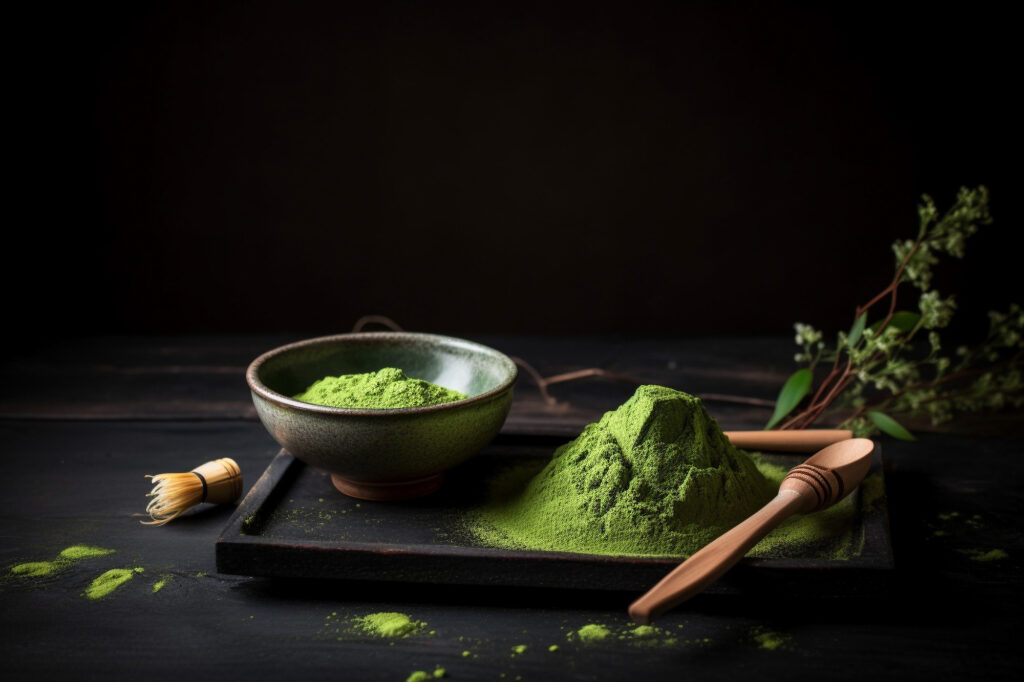
The following five basic matcha tools are essential to have. With these, you can prepare authentic matcha at home:
- Chawan (Tea bowl): A vessel for preparing and drinking matcha. Shallow ones are suitable for summer, deeper ones for winter.
- Chasen (Tea whisk): A bamboo whisk for preparing matcha. A 100-prong whisk is easy to handle for beginners.
- Chashaku (Tea scoop): A bamboo scoop for adding matcha to the tea bowl.
- Chakin (Tea cloth): A cloth for wiping the tea bowl. Bleached cotton is common.
- Matcha container: A container for storing matcha. Ideally, it should be airtight and light-proof.
According to a domestic survey, about 78% of tea ceremony beginners responded that “they don’t know which tools to choose.” Many seem to struggle particularly with selecting a chasen.
Key Points for Choosing a Chasen
The chasen is an important tool that greatly affects the taste of matcha. For beginners, it’s recommended to choose one based on the following points:
- Number of prongs: 80-100 prongs are easy to handle and provide sufficient foaming
- Origin: “Takayama chasen” from Takayama, Nara Prefecture, is known for its high quality
- Material: White bamboo is common and has excellent durability
Before using a chasen, shaping it with a special tool called “chasen-toshi” results in better foaming. According to a survey by tea utensil specialty stores, using a chasen-toshi improves foaming by about 40% compared to not using one.
Key Points for Choosing a Chawan
Choose a tea bowl according to the season and your preferences. For beginners, those with the following characteristics are recommended:
- Shape: Somewhat deep and stable
- Size: About 12cm in diameter and 8cm in height is easy to handle
- Material: Pottery has warmth and is suitable for beginners
Matcha utensil sets can be purchased at specialty stores and online shops for about 8,000 to 15,000 yen. Many beginner sets are also available, so it’s recommended to start with a basic set and gradually gather tools.
How to Choose and Care for a Chasen – The Secret to Preparing Delicious Matcha
Understanding the Types and Characteristics of Chasen
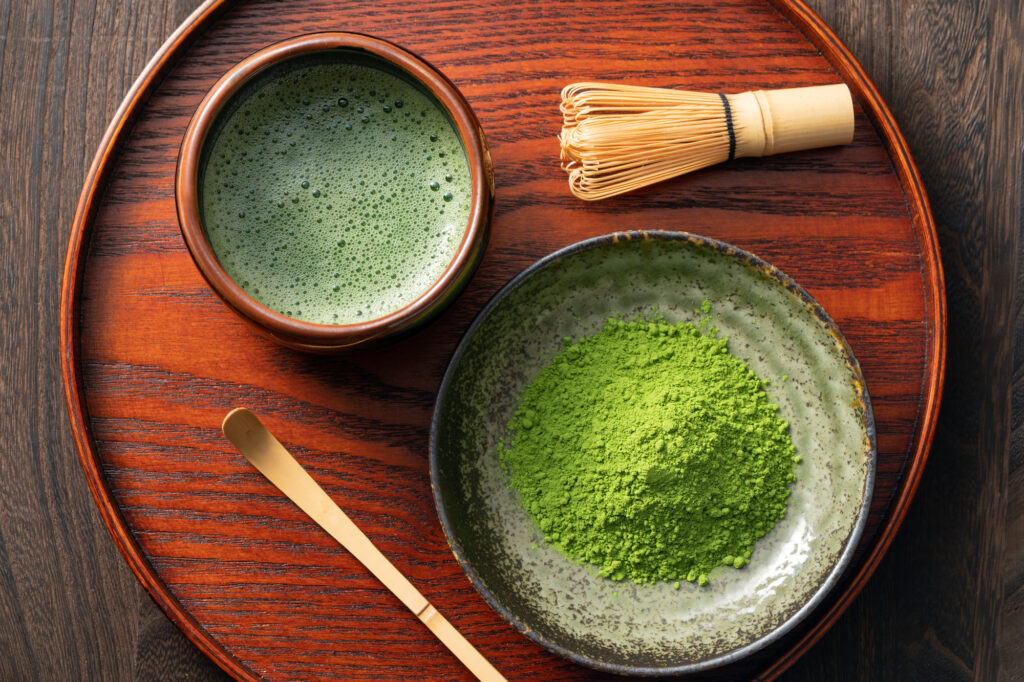
The chasen is one of the most important tools when preparing matcha. To prepare delicious matcha, choosing an appropriate chasen is essential. Chasen are primarily made of bamboo, and their performance varies greatly depending on the number of prongs.
Common types of chasen are as follows:
- 80-prong: For beginners, easy to handle and ideal for everyday use
- 100-prong: For intermediate users, characterized by fine foaming
- 120-prong: For advanced users, capable of even finer foaming
According to a survey by “Ippodo,” a Kyoto tea utensil specialty store, about 70% of tea ceremony enthusiasts use chasen with 100 or more prongs. For those purchasing a chasen for the first time, the easy-to-handle 80-prong is recommended, but if you’re seeking more authentic foaming, consider a 100-prong.
Proper Care for Chasen
With proper care, you can greatly improve the lifespan and performance of your chasen. Post-use care is particularly important.
- Soak in water before use: Always soak the chasen in warm water for about 30 seconds before use to soften it
- Wash immediately after use: Gently rinse with lukewarm water before the matcha dries and hardens
- Natural drying: Place on a chasen stand and dry in a well-ventilated place
- Regular care: About once a month, gently loosen the prongs with lukewarm water
Among “matcha utensils,” the chasen is particularly delicate, so never scrub it strongly or wash with hot water. With proper care, it can maintain a beautiful condition for more than a year.
Key Points for Choosing a Chasen
To select a quality chasen, focus on the following points:
- Origin: “Takayama chasen” from Takayama, Nara Prefecture, is known as the highest grade
- Color and luster: Choose one with a natural golden color and uniform coloration
- Condition of the prongs: Choose one with evenly spread prongs, without breaks or chips
- Price range: A quality chasen typically costs around 2,000 to 5,000 yen
What’s important in “choosing a chasen” is not just visual beauty but also practicality. When purchasing a “matcha set,” it’s recommended to thoroughly check the quality of the chasen included in the set. With an appropriate chasen, an authentic matcha experience becomes possible at home.
Key Points for Choosing a Tea Bowl – How to Select a Matcha Bowl According to Purpose and Season
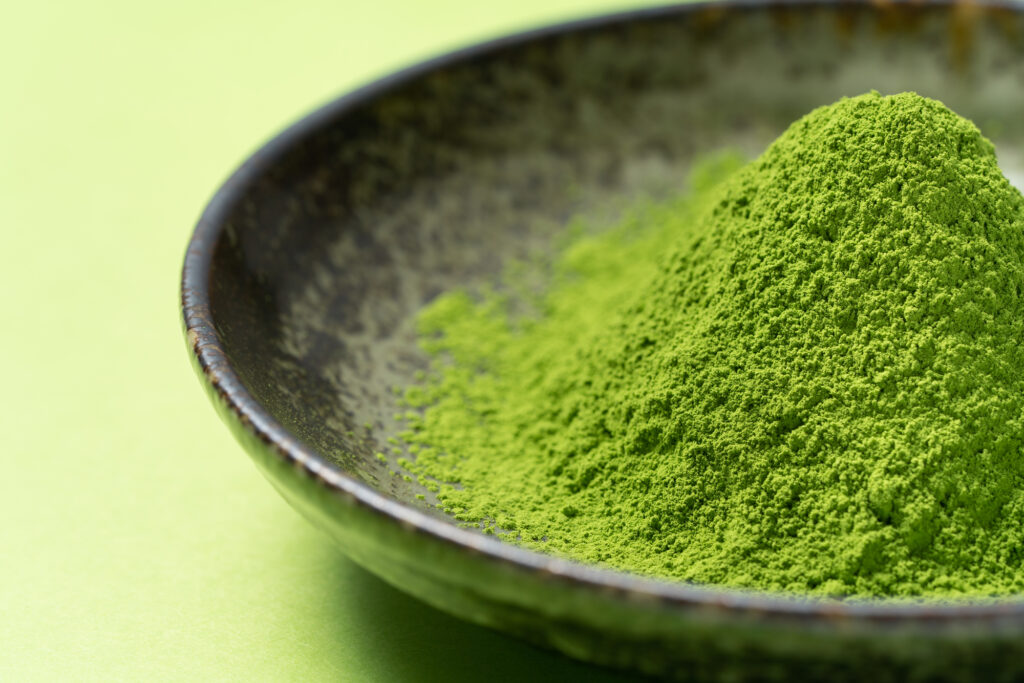
The choice of tea bowl greatly affects the quality of your matcha experience. Here are key points for selecting a tea bowl according to season, purpose, and preference.
Understanding the Types and Characteristics of Tea Bowls
Matcha tea bowls are broadly divided into two types: “summer tea bowls” and “winter tea bowls.” Summer tea bowls have a shallow, wide shape, making it easy to cool hot matcha quickly. In contrast, winter tea bowls have a deeper shape that keeps matcha warm longer. According to a survey by a long-established tea utensil shop in Kyoto, about 75% of tea ceremony enthusiasts use different tea bowls according to the season.
The material of the tea bowl is also an important point. Pottery has warmth and is easy for beginners to handle. Porcelain offers a thin, delicate feel. Raku ware is characterized by irregular shapes and texture and has long been loved by tea masters.
Choosing Tea Bowls by Purpose
For everyday use, a medium-sized pottery tea bowl is recommended. Those weighing about 200-250g, neither too heavy nor too light, are considered easy to handle. Especially for matcha beginners, choosing one with a stable, flat base (kodai: the bottom part of the tea bowl) is reassuring.
If you’re learning formal tea ceremony, it’s good to start with basic shapes like “Ido chawan” or “black tea bowls.” Different tea ceremony schools prefer different tea bowl shapes, so consulting your teacher’s advice is also a good idea.
Choosing Tea Bowls to Enjoy Seasonal Feeling
Tea bowls are important tools for expressing seasonality. Choosing tea bowls with bright colors featuring cherry blossoms or young leaves for spring, cool blues or water designs for summer, autumn leaves or harvest themes for fall, and snow or pine patterns for winter can enhance your matcha experience with seasonal feelings.
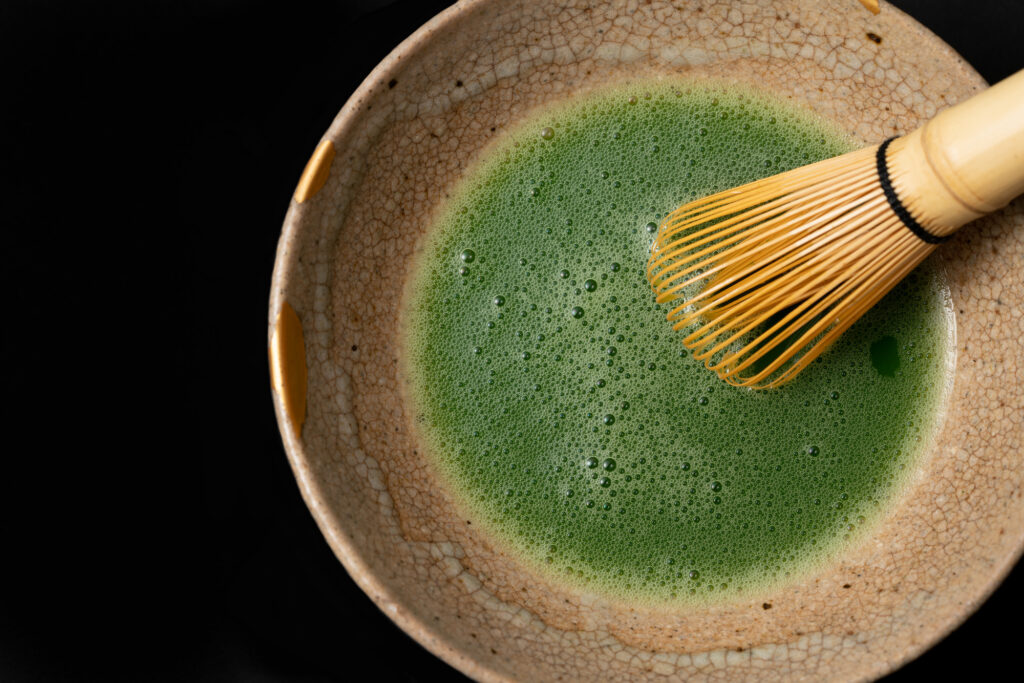
In fact, according to 2022 sales data from tea utensil manufacturers, purchases of seasonal tea bowls have been increasing year by year, with a trend of urban residents in their 30s to 40s purchasing them to “incorporate seasonal elements into daily life.”
When purchasing your first “matcha set,” it’s recommended to choose a versatile tea bowl. Simple black or white tea bowls blend with both Japanese and Western rooms and can be used regardless of season, making them ideal as your first purchase. Enjoy choosing tea bowls to create your own matcha time.
Expert Tips! Correct Usage of Matcha Utensils and Basic Techniques for Tea Preparation
Basic Handling of Matcha Utensils
Proper handling of tools is key to preparing delicious matcha. According to Ms. Matsumoto, a tea master with 20 years of experience, “respect for the tools changes the taste of matcha.” First, hold the tea bowl with your left hand and support it with your right. When turning the tea bowl, the basic approach is to turn it clockwise about 90 degrees so that the front (the most beautiful part of the tea bowl) faces away from you. This movement embodies the spirit of the tea ceremony, which is “showing the most beautiful part to the guest.”
How to Handle the Chasen and Basic Tea Preparation
The chasen is a tool that can be considered the life of matcha. Data shows that pre-soaking it in hot water to soften it before use can more than double its lifespan. The basic procedure for tea preparation is as follows:
- Put hot water in the tea bowl and pre-soak the chasen
- Discard the water from the tea bowl and lightly wipe with a cloth
- Add 2-3 scoops of matcha (about 1.5-2g) with the chashaku
- Pour about 60ml of water at around 70°C
- Move the chasen quickly in an “M” pattern
It’s particularly important to move the chasen without pressing it against the bottom of the tea bowl. According to a 2023 survey by tea utensil specialty stores, about 70% of beginners damage their chasen by pressing too hard.
Maintenance of Matcha Sets
With proper care, a high-quality matcha set can last for decades. Wash tea bowls with lukewarm water immediately after use and air dry them naturally. Research shows that always drying the chasen on a dedicated stand after use can triple its average lifespan.
Matcha utensils are more than just tools. The owner of “Ippodo,” a long-established tea utensil shop in Kyoto, says, “Time spent facing your tools becomes time spent facing yourself.” Careful daily maintenance and respectful handling lead to a deeper matcha experience.
By understanding how to choose and handle matcha utensils, an authentic matcha experience becomes possible at home. A bowl of matcha requires respect for the tools and proper technique.
ピックアップ記事
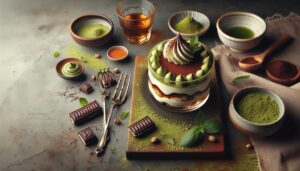

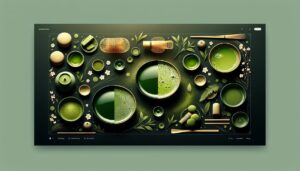
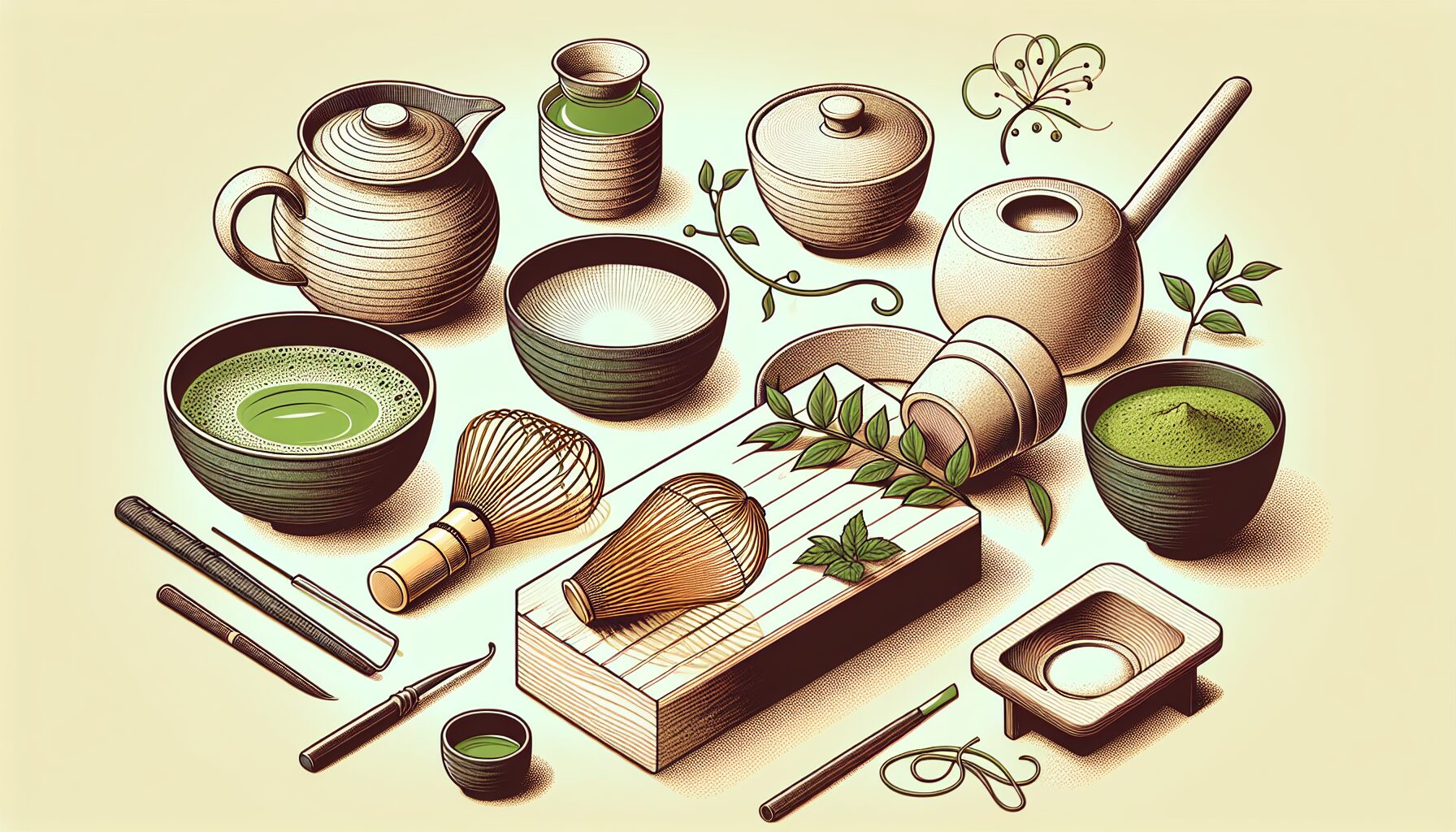

Comments